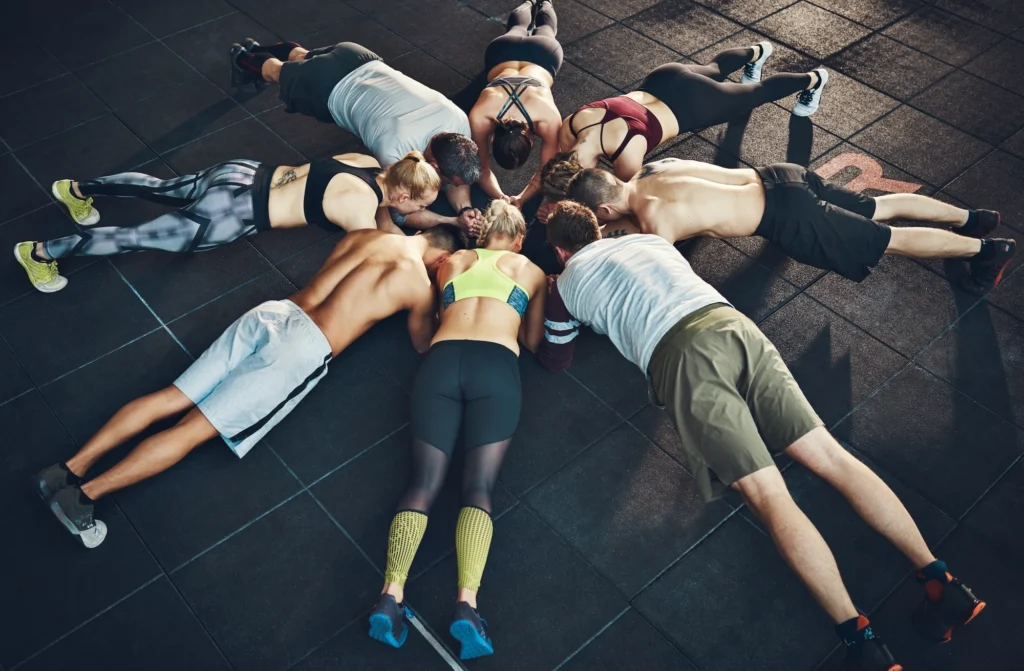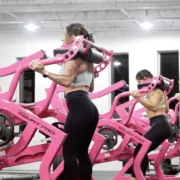Nearly one in four adults across the world feel lonely, according to a recent Gallup World Poll.
Many fitness brands are doing their part to help tackle this global health challenge, creating community-centric experiences that bring people together through the shared experience of working out
Four brands – CrossFit, Hyrox, Strong New York and The Athletic Clubs – stand at the forefront of this social fitness revolution. These brands differ slightly in their approaches, but they all have a few things in common: they’re in-person, they’re communal and they challenge people to push past their limits through challenging exercise experiences.
ATN spoke with the founders and C-suite executives of these brands to get their takes on the power of community and the current state of the fitness and wellness industry.
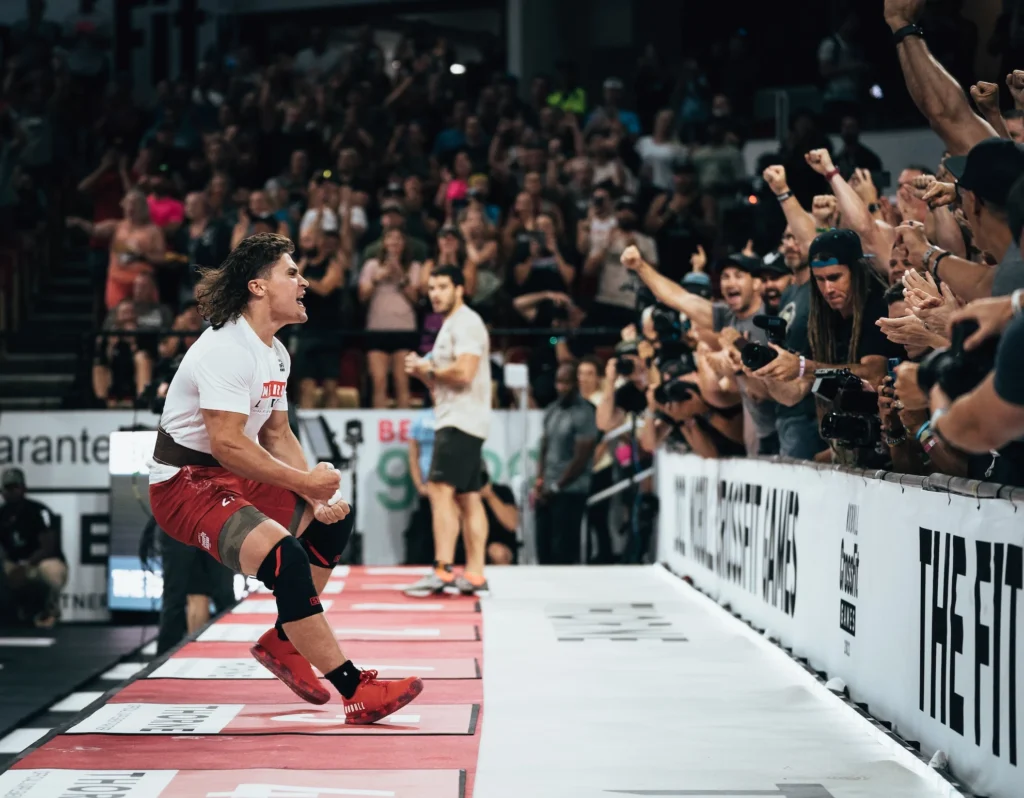
CrossFit Creates Connection Through Serious Workouts
Social fitness might be trending these days, but CrossFit has been preaching it for decades. Founded in 2000, the popular group fitness regimen is now practiced by millions of people across the world. The brand has long been known for the power of its community, which can be seen in message boards online but also in person at thousands of CrossFit affiliate gyms across the world.
“In a world still grappling with the effects of COVID and rising loneliness, people are craving real, meaningful connections,” CrossFit CEO Don Faul tells ATN. “CrossFit affiliates have provided just that for two decades – not because people come for the community, but because they build it through shared effort, accountability and consistency.”
According to Faul, the three biggest trends shaping the industry today are longevity, in-person classes and what he calls “strength training for everyone.”
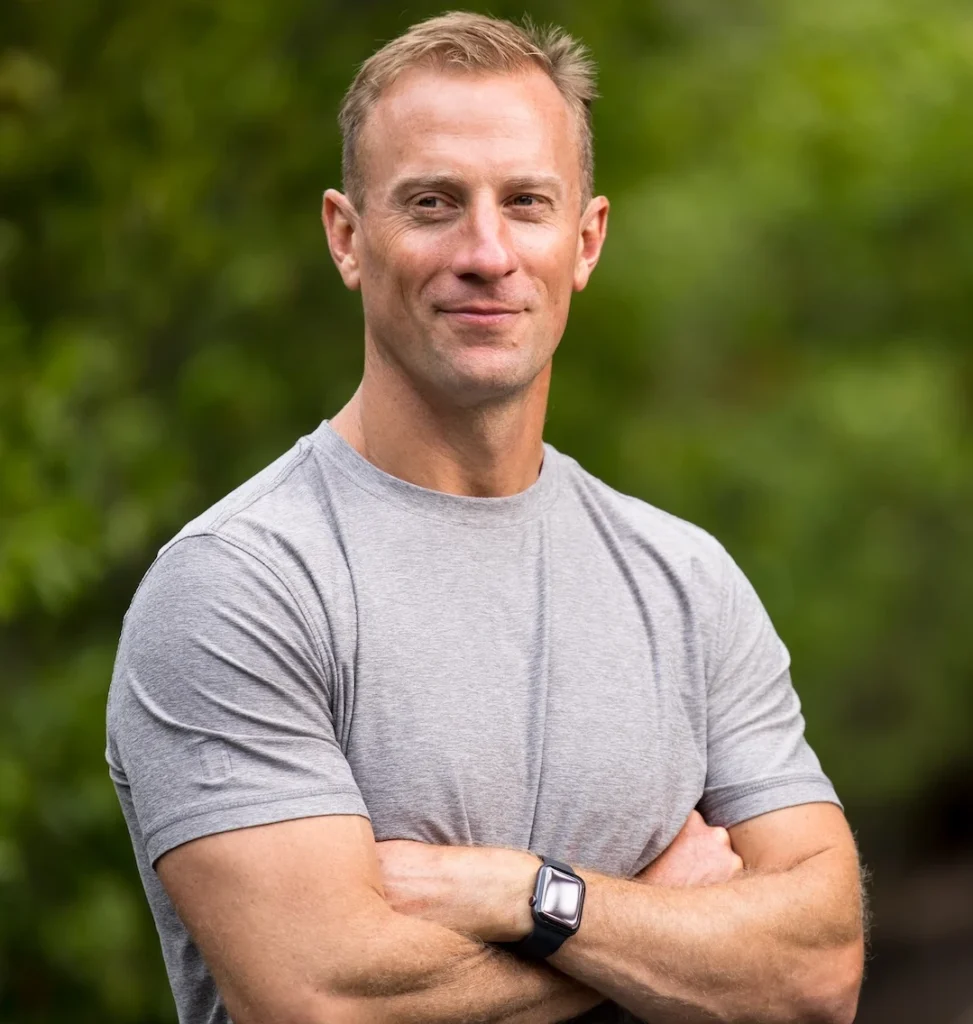
While more people are embracing fitness – including hardcore, strength-based workouts like CrossFit, lingering issues continue to stunt the entire industry’s growth prospects.
“While the fitness industry continues to expand and evolve, we face the same thematic challenge that has plagued our industry for decades: a lack of efficacy,” Faul says. “The average person looking to improve their health doesn’t know where to start.”
Unsurprisingly, Faul believes CrossFit is the ideal place for them to start. But he’s calling on the entire industry to do a better job at preaching the fundamentals over get-rich-quick schemes.
“There is a lot of noise in our industry that can ultimately disempower or confuse, where the focus is on selling products – supplements, technologies or gear,” Faul says. “But the fundamental truth of what humans need, whether seeking to stave off chronic disease or optimize their fitness, is a foundation of sound exercise and nutrition.”

Hyrox Challenges the Industry to Think Big
Few brands in the history of fitness have risen to prominence as quickly as Hyrox, the viral fitness racing brand that hosts events from New York to London to Shanghai. Self-described as the “marathon of fitness,” Hyrox has exploded in popularity thanks in large part to the power of in-person connection and community.
“In 2025, more of people’s lives are going to become automated/driven by AI. That offers huge productivity and efficiency gains, but it also means that human interaction is even more important,” Hyrox co-founder and chief marketing officer Moritz Fürste tells ATN. “An analog approach to managing the outcomes of the digital age will be a surprising superpower.”
Over 250,000 athletes took part in Hyrox during the 2023-24 race season, and 650,000 are expected to participate during the 2024-25 season. By 2026, Hyrox is projecting one million global participants. By 2027, the brand expects to be staging 170 events, with at least 20,000 gyms and fitness studios around the world signed up as Hyrox Training Clubs.
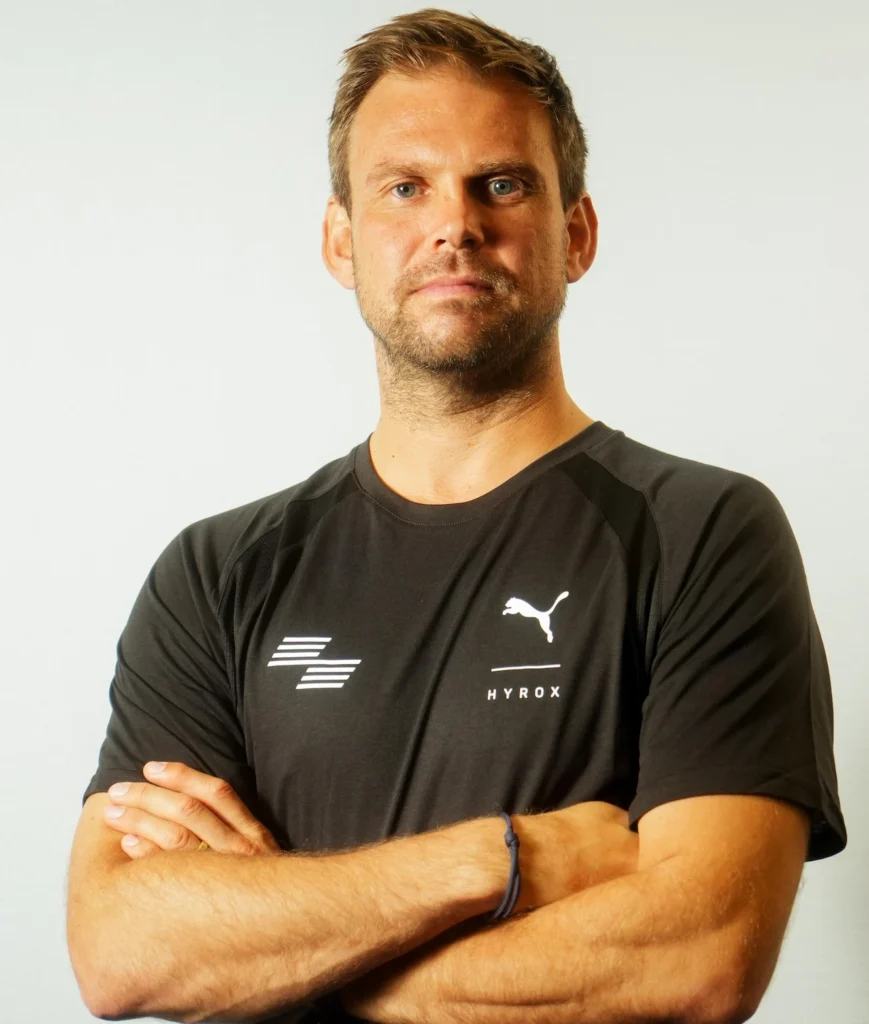
Fürste calls on the entire fitness and wellness industry to think just as big as Hyrox when it comes to creating community – and a worldwide movement.
“We as an industry still haven’t scratched the surface of where we can be. There are more unicorns and culture-defining businesses coming out of our sector than anywhere – other than AI,” he says. “Yet we are guilty of still thinking too small at times. We now sit at the intersection of health, technology and culture, with a U.S. administration more interested in health and chronic disease, which will be reflected internationally.”
Kenny Santucci Wants To Change the Narrative Around Fitness
For Kenny Santucci, a trainer and fitness entrepreneur based in New York, community is the key to getting more people inside of gyms and studios.
“We need to show more people that (fitness) doesn’t need to be this grueling thing,” Santucci tells ATN. “I think people are still intimidated at the gym. They look at it as this space that, quite frankly, isn’t welcoming and warm.”
Santucci created Strong New York, an annual fitness expo in New York City that brings together consumers, industry professionals and leading brands for a day of workout sessions, expert panels and product showcases. Thousands of people attended last year’s event as Strong New York continues to grow year-over-year post-pandemic.
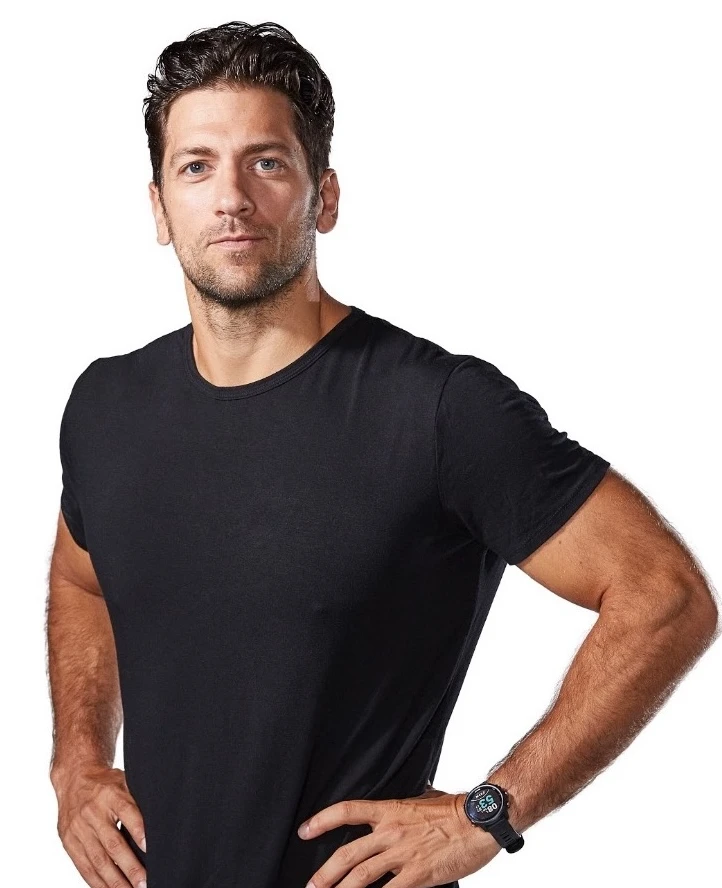
In addition to running Strong New York, Santucci also founded The Strength Club, a community-focused strength training gym that offers private and small-group training classes.
Workouts at The Strength Club are serious, but the vibe isn’t. Santucci wants to give people the same feeling of belonging he’s always felt inside of the gym. For members, he wants The Strength Club to feel like the famous sitcom “Cheers,” but inside of a gym setting.
“Everyone should leave the gym feeling better than when they walked in,” Santucci says. “I wanted to create an environment where people could feel at home and it became a third space. They could have the (worst) day ever, their jobs could be miserable, their home life could be miserable, but when they come in, it’s an hour for them to relax, grow and feel better.”
The Athletic Clubs Builds a Brand Around Social Fitness
Few brands better exemplify the power of social fitness than The Athletic Clubs, which places people into small groups called “squads.” At Athletic Club locations, squad members work out together twice per week, always at the same time and always together. Classes are based around classic strength and conditioning exercises including kettlebell swings and similar movements.
Dane McCarthy founded The Athletic Clubs amid the pandemic in 2021, recognizing the need for social connection in New York City, especially among Millennials and Gen-Zers. Today, the brand has several locations in the New York area, with plans to open more.
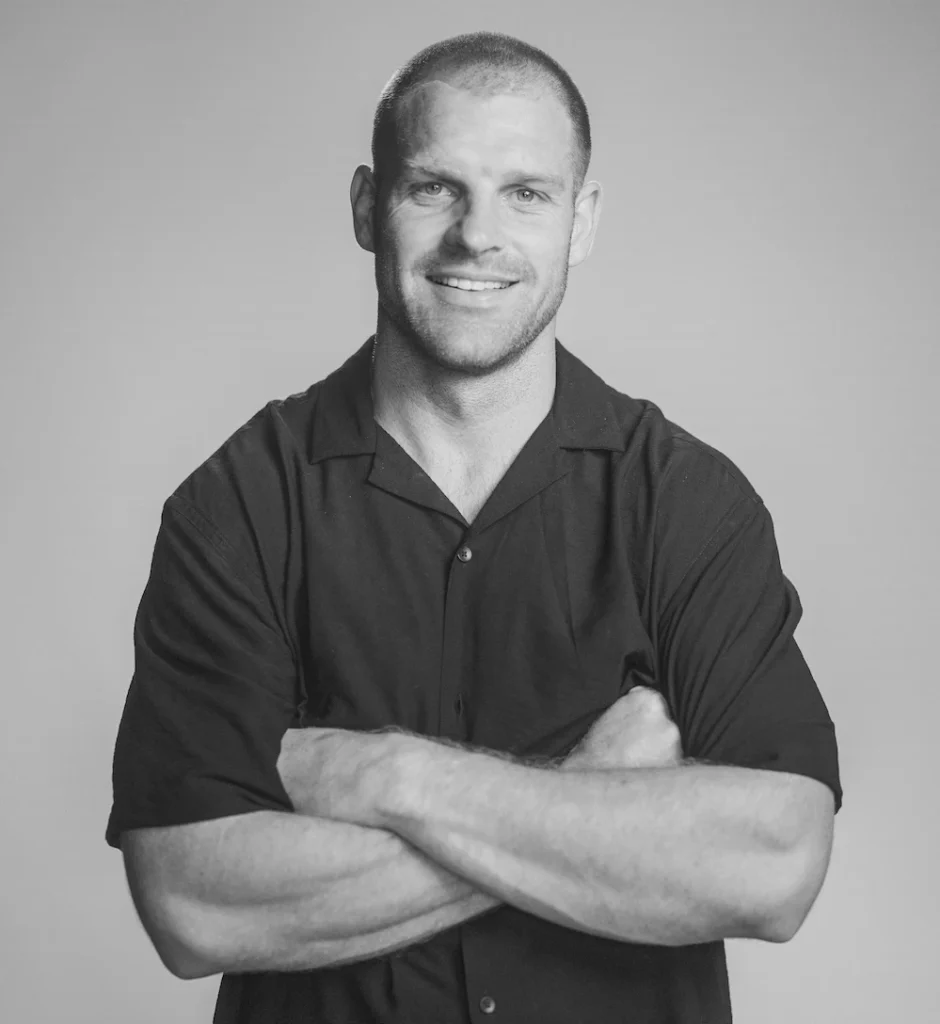
“The biggest shift we see is the rise of social fitness – people want more than just a workout, they want a shared experience,” McCarthy tells ATN. “Traditional solo gym routines are being replaced by structured small-group training models that emphasize consistency and connection. Our squad training system is designed to be at the forefront of this trend, making fitness more engaging and habit-driven.”
While not all gyms can replicate The Athletic Clubs’ squad training format, McCarthy believes the entire industry should focus on putting people over short-term profits.
“Many gyms still operate on a transactional model, but long-term success will come from building deeper member connections and ensuring fitness becomes a sustainable habit,” he says.
“The future of fitness isn’t just about workouts – it’s about community and habit-building,” McCarthy adds. “The gyms that focus on social engagement, accountability and long-term behavior change will be the ones that define the next era of the industry.”
This article originally appeared in ATN’s 2025 State of the Industry Outlook report, which dives into the most important trends shaping the future of fitness and wellness. Download the free report today.


